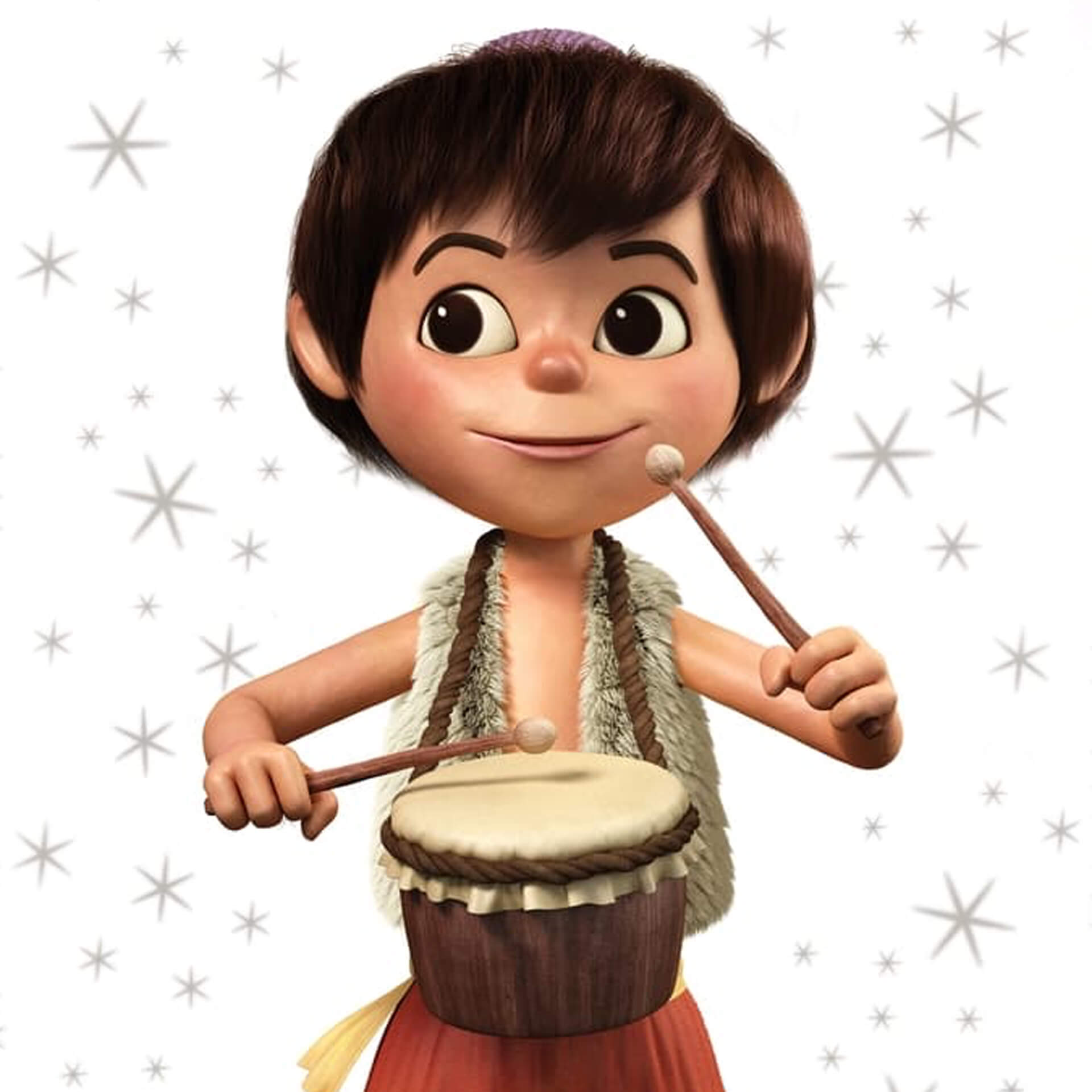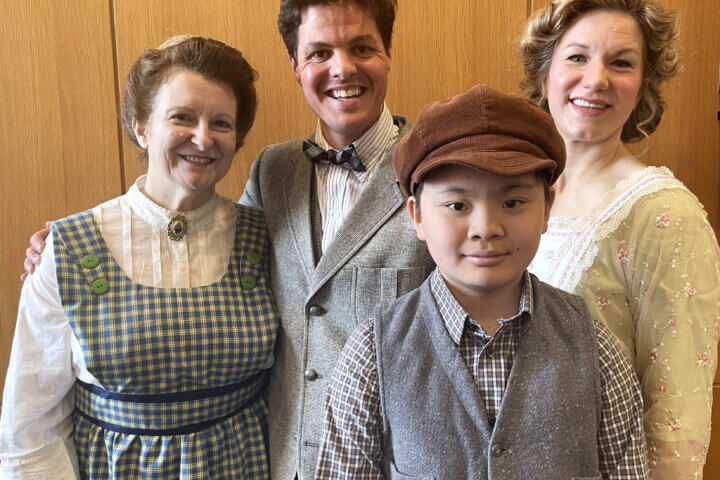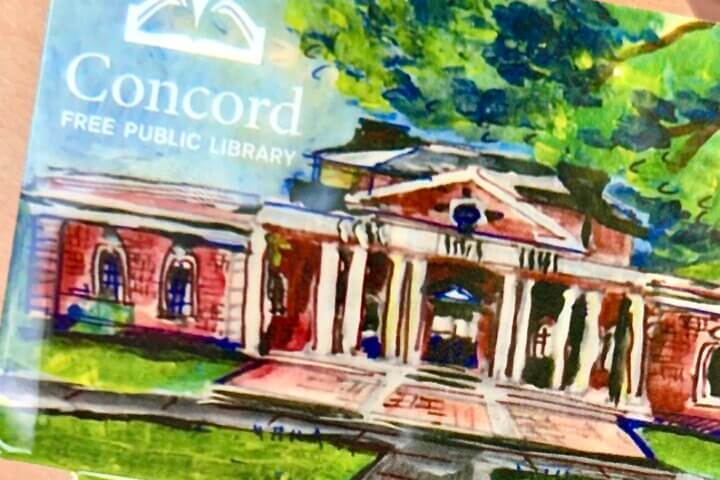“…I played my drum for him
Excerpt from “The Little Drummer Boy” by Katherine Kennicott Davis
Pa rum pum pum pum
I played my best for him
Pa rum pum pum pum,
Rum pum pum pum,
Rum pum pum pum
Then he smiled at me
Pa rum pum pum pum
Me and my drum…”
After watching a family favorite “The Little Drummer Boy” for many years, I found out from a fellow writer, Maureen Costello Belt, that the song was composed right here in Concord.
It is said that while trying to take a nap, the author, “Katherine Kennicott Davis could not get the tune out of her head.”
The rhythm and beat of this simple song have resonated around the world since her writing it in 1941. The original name, “Carol of the Drum,” was later known as “The Little Drummer Boy ” when the Harry Simeone Chorale made the song popular in the year 1958. Most people know it best from the 1968 movie of the same name, with the song as sung by the Vienna Boys Choir.
Davis’ inspiration for the song was said to have been “from a French song, ‘Patapan,” and one can see how Davis might have been inspired if one listens to Julie Andrews sing “Patapan.” Davis wrote over 600 compositions and bequeathed “all the royalties and proceeds …to Wellesley College’s Music Department, where the funds support musical instrument instruction.”
From Harry Simeone’s rendition to the duet of Bing Crosby and David Bowie, the von Trapp singers, Johnny Cash, and others, each sings a version that appeals to different tastes with the classic and more solemn version in the movie the most popular.
The type of compositions that Katherine wrote were more like hymns and with religious themes. The slow beat of the classic version sets the respectful tone of the boy’s playing for the Baby Jesus at the scene of the manger. His pure heart and his hope for his little lamb’s recovery made the scene all the more poignant as “he played the best for him.”
(Note: It turned out that “Harry Simeone and Henry Onarati received joint authorship-and composition credit for the album, although did not actually write or compose the song.)
Katherine was not originally from Concord but grew up in Missouri and ended up coming this way to study music at Wellesley. After graduating, she taught music at various schools, including Concord Academy.
Her love of music also left a lasting influence for the town of Concord as “she was also a founder of the Concord Chorus in 1945 along with Nancy Loring and Mrs. D. Ripley Gage of Concord,” which is still in existence today presenting “high-quality performances of classical repertoire from diverse periods.”
Out of curiosity, I read about more drummer boys, and they have been important throughout the centuries. Usually, they are boys who are too young to be soldiers, so they were given positions of drummer and fifers. The drumbeats were very important in communicating messages.
The Washington Post said that the “Civil War is sometimes called the “The Boys’ War,” and “…many of the youngest boys served as drummers…” Many pictures show boys “walking by the marching soldiers, beating his drum to keep them together.”
A more important job was to convey the officer’s orders in “the notice and confusion of battle” with a different series of drum beats that had meanings including “’the long roll,’ which was the signal to attack. The drummer would just beat-beat-beat – and every other drummer in hearing distance would beat-beat-beat – until all that could be heard was an overwhelming thunder pushing the army forward.”
As we march through the holidays, we can stay in step while humming “Pa rum pa pum pum” and think of the musical influences that Davis left behind for us to enjoy.
“She lived for many years on Bow Street in Concord before moving to a nursing home in Littleton, Mass. towards the end of her life. Davis died on April 20, 1980 and was buried in Concord’s Sleepy Hollow Cemetery.” The Concord Free Public Library has Katherine K. Davis’ Papers in the Archives which “include personal writings, mementos, correspondence, photos, as well as many catalogs of her musical compositions…”





